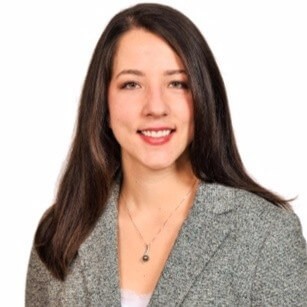Mar 20
2019
Three Ways Healthcare Insurers Can Engage Younger and Diverse Populations
By Meghan Marx and Jenna Phillips, healthcare experts, PA Consulting.

Now that the 2019 health insurance Open Enrollment period has concluded, healthcare industry stakeholders are watching closely for any shifts in consumer behavior regarding enrollment and the overall uninsured rate. After a record drop in the uninsured rate from 2008 to 2016 in response to the Affordable Care Act (ACA), the uninsured rate has begun to increase again, by 1.3 percentage points from 2016 to 2017, according to data from Gallup and Sharecare reported on the Health Affairs blog. Additionally, at the December 15 close of the 2019 open enrollment period, the Centers for Medicare and Medicaid Services announced that 300,000 fewer individuals enrolled for 2019 than for the previous year. Under the policies of the current administration, the trend of decreased enrollment in exchange market plans, coupled with an increase in the U.S. uninsured rate, is expected to continue.

The uninsured rate has fluctuated over time, but factors like the Congressional repeal of the individual health insurance mandate and reduced funding for health insurance enrollment counselors to support consumers to enroll in health insurance mean that the uninsured rate is expected to climb further in 2019. The increases in the rate of uninsured may seem small, but a 1.3 percent increase in the number of uninsured Americans represents 3.2 million more adults who were uninsured in 2017, compared to 2016. While the upward trend in the uninsured rate is consistent across population segments, a few specific demographics are at especially high risk of becoming uninsured, including young adults, low-middle income earners, and Hispanics.
Here’s what we know:
- Young people are less likely to purchase coverage than older adults, who tend to have higher healthcare utilization. The 18 to 25 age bracket was the least likely demographic group to have health insurance in 2017, while those aged 65 and older were the most likely group to be covered. Notable is the 2.9 percent rate difference in coverage of individuals who are 25 to 26 years old, the age when parent’s health plans end coverage, an option guaranteed under the ACA.
- Lower rates of employment and education are also associated with lower rates of health insurance enrollment. Low wages for unskilled labor are typically paid on an hourly basis, rather than as an annual salary, and employees in this situation may struggle to secure work with healthcare benefits. As a result, there is a lower rate of access to employer-sponsored coverage. While the poorest individuals and families qualify for government-sponsored coverage, there is a sizeable segment of the population that cannot afford to purchase commercial insurance but is disqualified from Medicaid based on income or personal assets.
- In 2017, Hispanic Americans had the lowest coverage rate of any U.S. demographic, at 83.9 percent, and the lowest rate of private insurance coverage, at just 53.5 percent. This gap in the insured rate was especially apparent in states where Medicaid has not been expanded to cover the undocumented population. Language and cultural barriers and economic disempowerment might also have exacerbated the disparity of coverage between Hispanics and other racial groups.